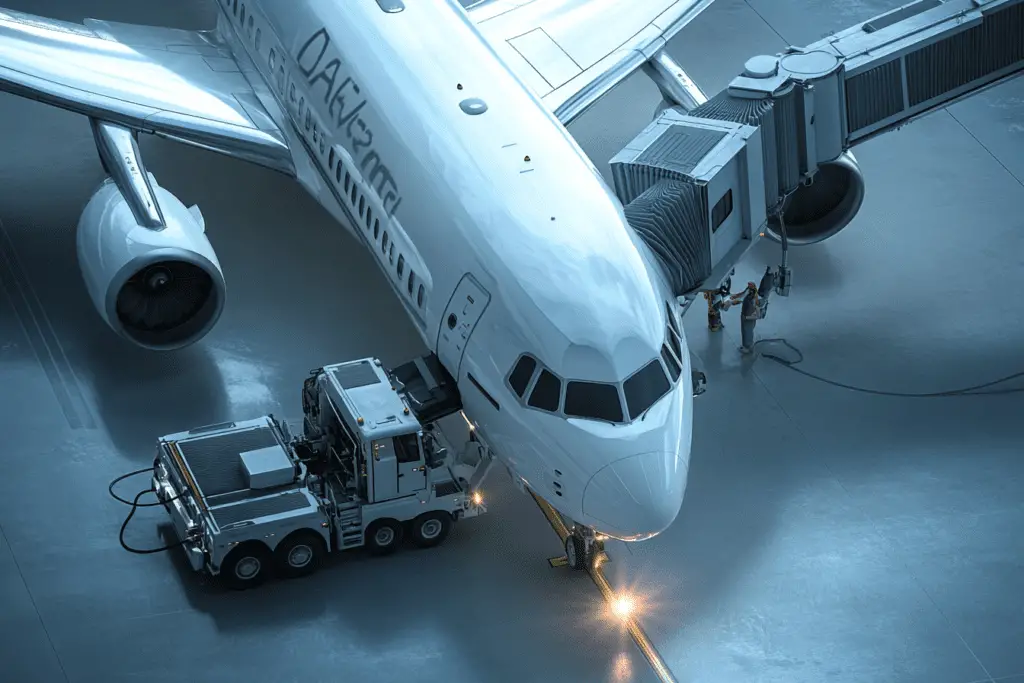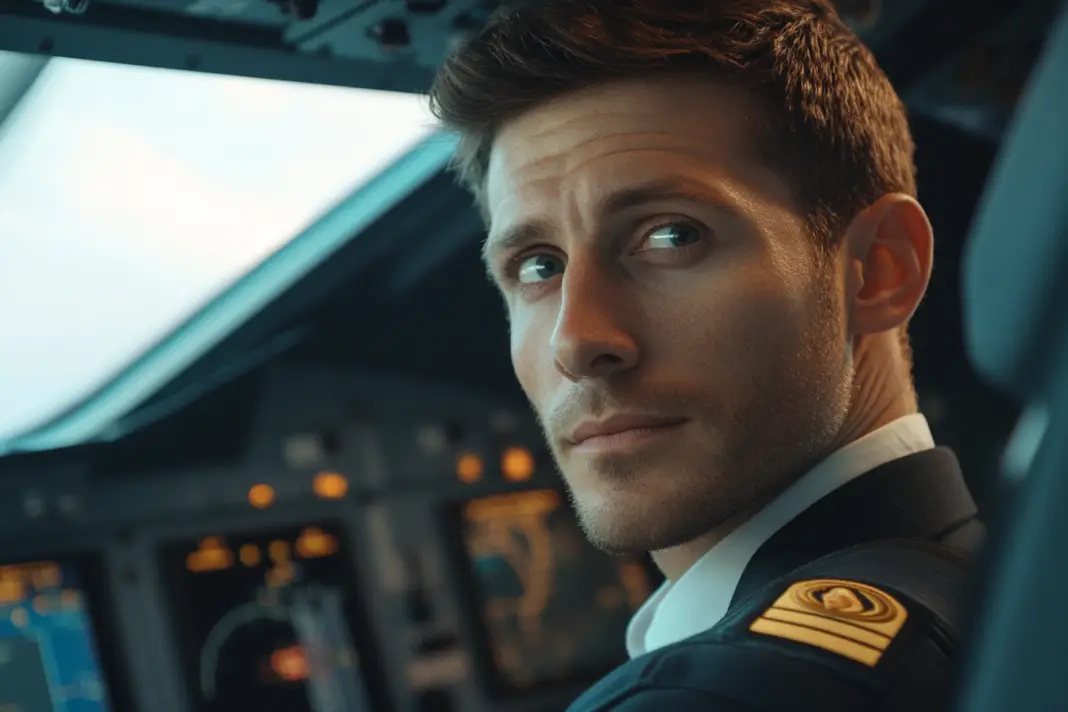Commercial flying holds more mysteries than you might expect. From hidden compartments to questionable safety protocols, pilots maintain certain confidential practices that rarely reach passengers’ ears. Here’s what happens behind that locked cockpit door.
Hidden rest areas for exhausted flight crews

Unknown to most passengers, commercial aircraft contain secret crew rest compartments where pilots take turns napping during long-haul flights. These hidden chambers typically sit above the main cabin, equipped with comfortable bedding and temperature controls.
Airlines don’t advertise these sleeping quarters to avoid passenger concerns about pilot alertness. However, these regulated rest periods actually enhance flight safety by ensuring crews remain well-rested during extended journeys.
Autopilot handles most of your flight
While pilots maintain full responsibility for your safety, they manually control the aircraft for only about 10% of each flight. The reality? Autopilot systems handle over 90% of flying time, primarily during the cruise portion between takeoff and landing.
Modern commercial aircraft utilize sophisticated automation systems that often perform better than human pilots in maintaining steady flight paths and fuel efficiency. Manual control typically occurs during takeoff, landing, and severe weather conditions.
Your phone won’t crash the plane

The truth about airplane mode? Modern aircraft systems have robust protection against electronic interference. The real reason for stowing laptops and devices has more to do with preventing injury during turbulence than protecting critical flight systems.
Airlines pad flight times deliberately
That early arrival announcement might not be as impressive as it seems. Airlines regularly add extra time to their scheduled arrivals, creating an artificial buffer that improves their on-time performance statistics.
This practice, known as schedule padding, means a flight that consistently takes two hours might be scheduled for two hours and thirty minutes, allowing airlines to claim “early” arrivals even with minor delays.
Minimal fuel loads are common practice

Airlines often operate flights with just enough fuel to reach their destination, plus required reserves. This cost-saving measure can lead to unexpected refueling stops when weather or traffic causes delays.
While this practice remains within safety regulations, it explains why some flights make unplanned stops during challenging weather conditions or extended holding patterns.
Close calls happen more than admitted
When pilots mention “air traffic,” it might indicate a closer encounter than they’re willing to admit. Near misses occur more frequently than passengers realize, though robust safety systems and pilot training prevent serious incidents.
Commercial aircraft occasionally come close enough for passengers to see other planes clearly, especially in busy airspace near major airports.
Safety rules don’t always make sense
Some airline safety protocols appear contradictory. For example, flight attendants must remain seated during taxi but can move freely during turbulence at 35,000 feet. These inconsistencies often stem from regulatory requirements rather than actual safety concerns.
Despite these secrets, commercial aviation maintains an impressive safety record. Modern aircraft design, rigorous training, and multiple backup systems ensure safe travel, even when operations don’t align perfectly with passenger expectations.

